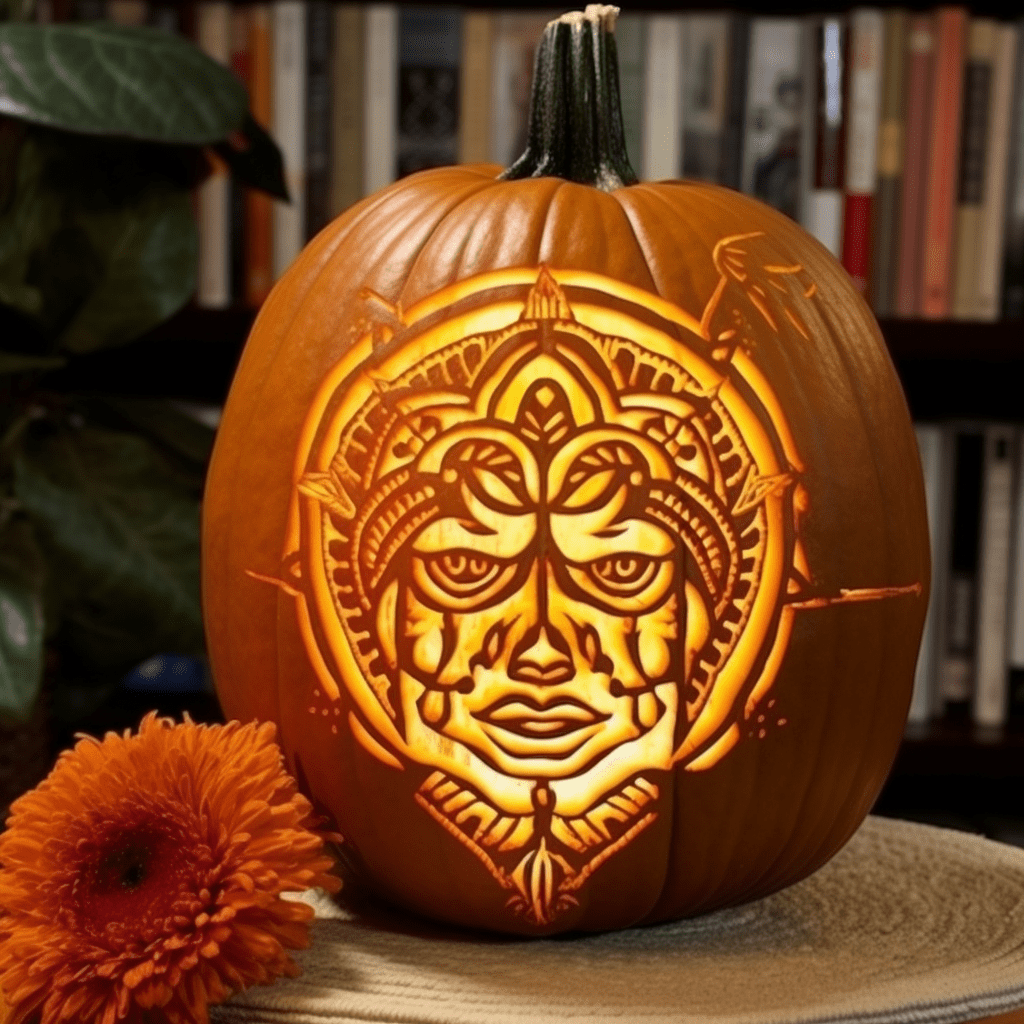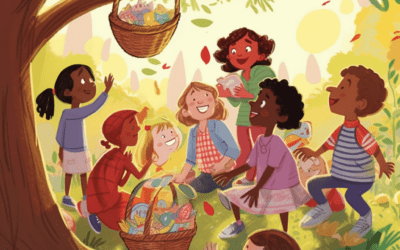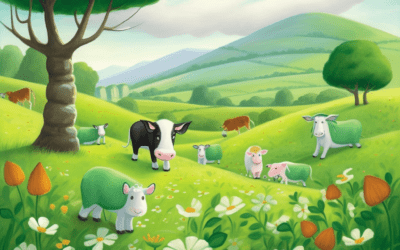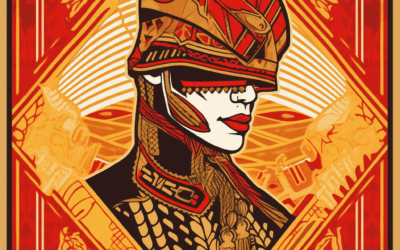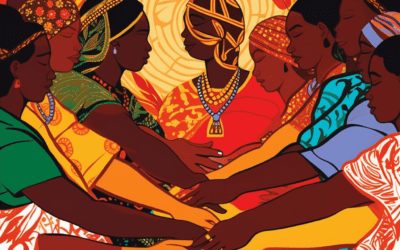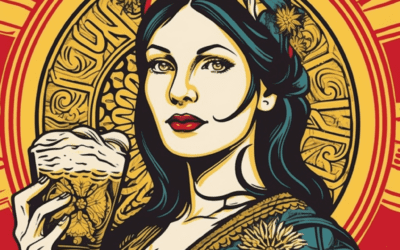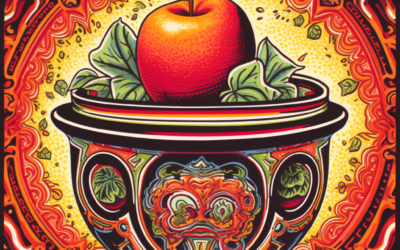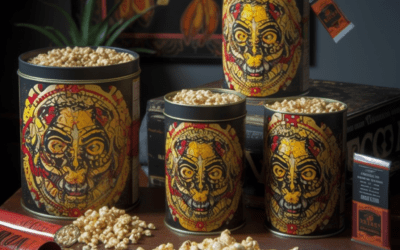The history of pumpkin carving: Why pumpkins?
The origin of pumpkin carving
Pumpkin carving is a long-standing tradition that dates back hundreds of years. It originated from ancient Celtic harvest festivals, particularly the Gaelic festival of Samhain. During this festival, people would carve turnips and other root vegetables, creating intricate designs to ward off evil spirits.
Why pumpkins became the preferred choice
When Irish immigrants brought their traditions to America, they discovered that turnips were scarce and expensive. Instead, they found an abundance of large, round pumpkins native to the continent. Due to their size and availability, pumpkins quickly replaced turnips as the preferred choice for carving.
The history of pumpkin carving: Why pumpkins?
The evolution of pumpkin carving
Pumpkin carving continued to grow in popularity throughout the 19th century, especially during Halloween festivities. However, the practice was not limited to scary faces and designs. In fact, people would often carve intricate patterns, landscapes, or even scenes from popular stories.
The influence of Jack-o’-lanterns
The term “Jack-o’-lantern” has its roots in Irish folklore. According to a popular legend, a man named Jack, who was notorious for his mischievous behavior, tricked the Devil into climbing a tree. Jack then carved a cross into the tree trunk, trapping the Devil in its branches. In exchange for his freedom, the Devil promised Jack that he would never be taken to Hell.
When Jack passed away, his soul was denied entry into Heaven due to his misdeeds. Condemned to wander the Earth, Jack asked the Devil for a light to guide him. The Devil, remembering their bargain, gave Jack a burning coal, which Jack placed inside a carved turnip. Ever since, Jack has been wandering with his makeshift lantern, earning the name “Jack of the Lantern” or “Jack-o’-lantern.”
The tale of Jack-o’-lanterns became intertwined with Halloween traditions, and the practice of carving pumpkins began to be associated with the holiday.
The impact of commercialization
As Halloween became more commercialized in the 20th century, pumpkin carving gained even more popularity. It became a common activity for families and friends to engage in during the Halloween season. Pumpkin patches and farm stands began selling pumpkins specifically for carving purposes, further fueling the trend.
The history of pumpkin carving: Why pumpkins?
Modern pumpkin carving
Today, pumpkin carving has evolved into an art form. People spend hours designing and carving intricate patterns, often using specialty tools for more precise details. Pumpkins are no longer limited to traditional faces but can be transformed into representations of popular characters, scenes from movies, or even political figures.
Other uses for pumpkins
Pumpkins are not just for carving! They are an essential ingredient in many delicious recipes, especially during the fall season. Pumpkin pies, pumpkin bread, and pumpkin spice lattes have become beloved treats during the autumn months.
Moreover, pumpkins have also gained popularity for their nutritional value. Rich in vitamins A and C, as well as fiber, pumpkins provide various health benefits. Roasted pumpkin seeds are a nutritious snack, while pumpkin puree can be used as a healthier alternative in various recipes.
The history of pumpkin carving: Why pumpkins?
The enduring tradition
The history of pumpkin carving is deeply rooted in ancient Celtic customs, evolving through time to became a treasured part of Halloween celebrations. Pumpkins, with their large size and availability, became the preferred choice over turnips and other root vegetables. This tradition has been passed down through generations, continuing to bring joy and creativity to people of all ages. So, when Halloween approaches, don’t forget to pick out a pumpkin and give carving a try!

